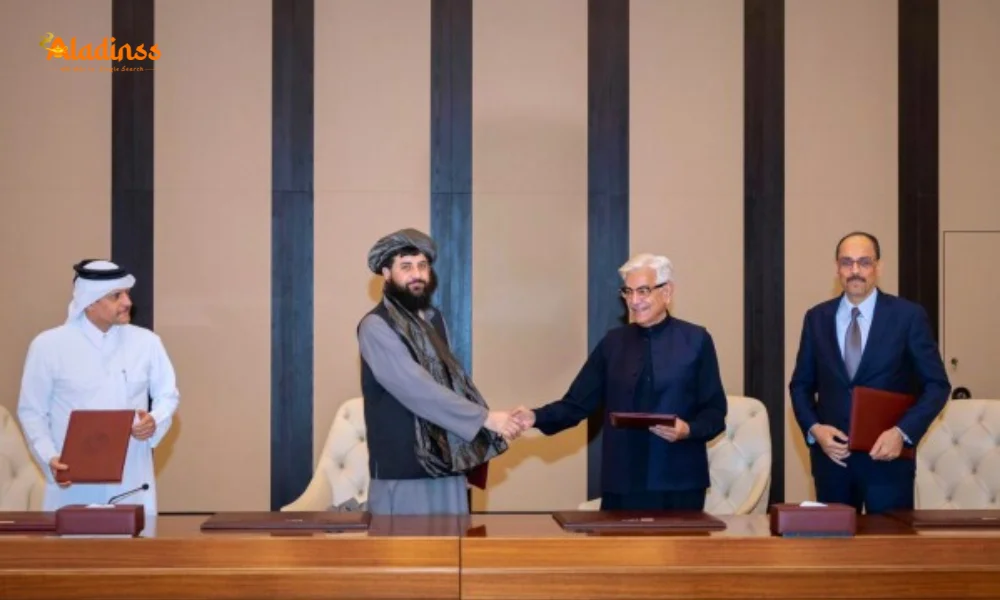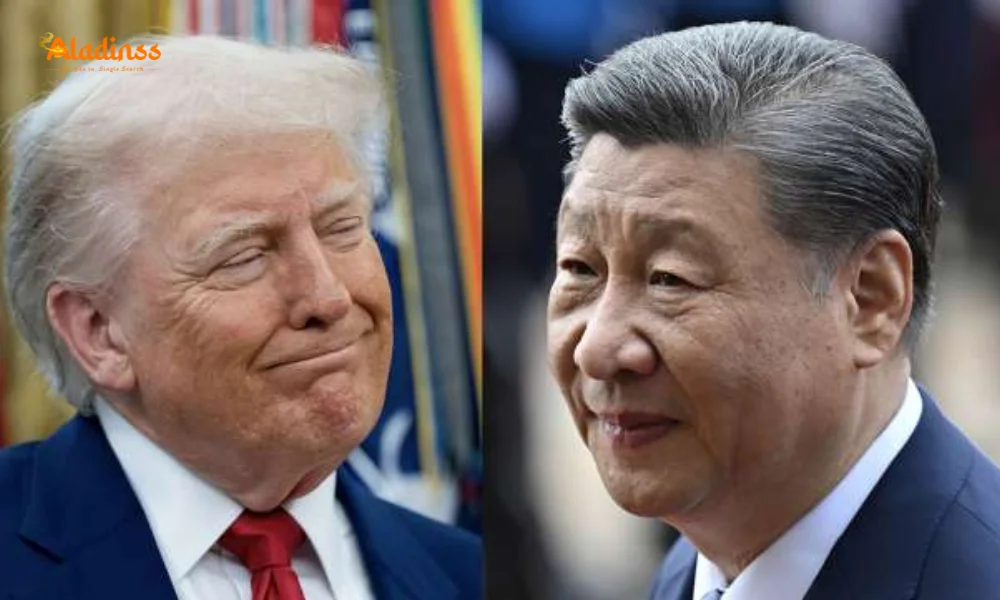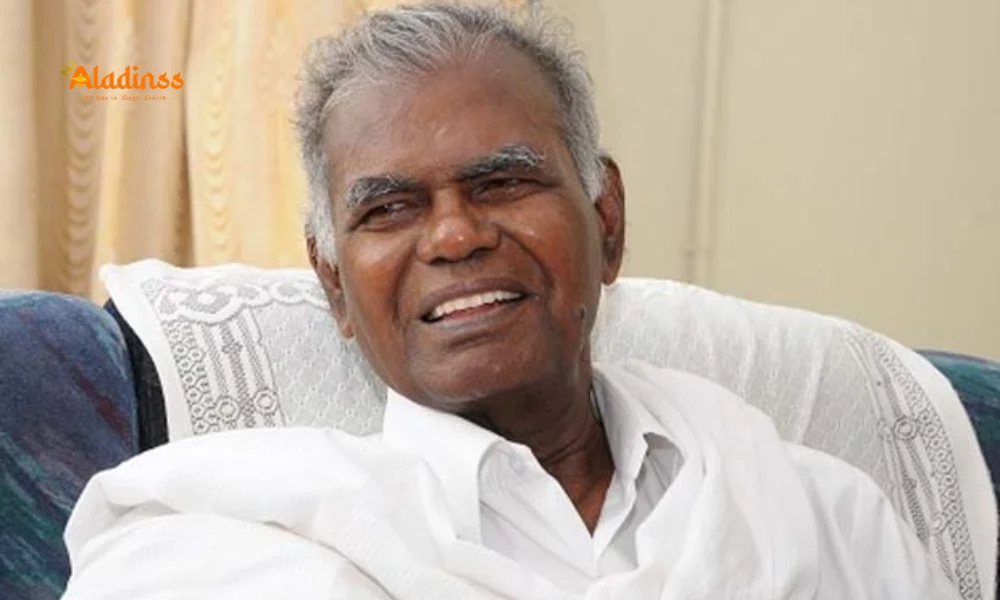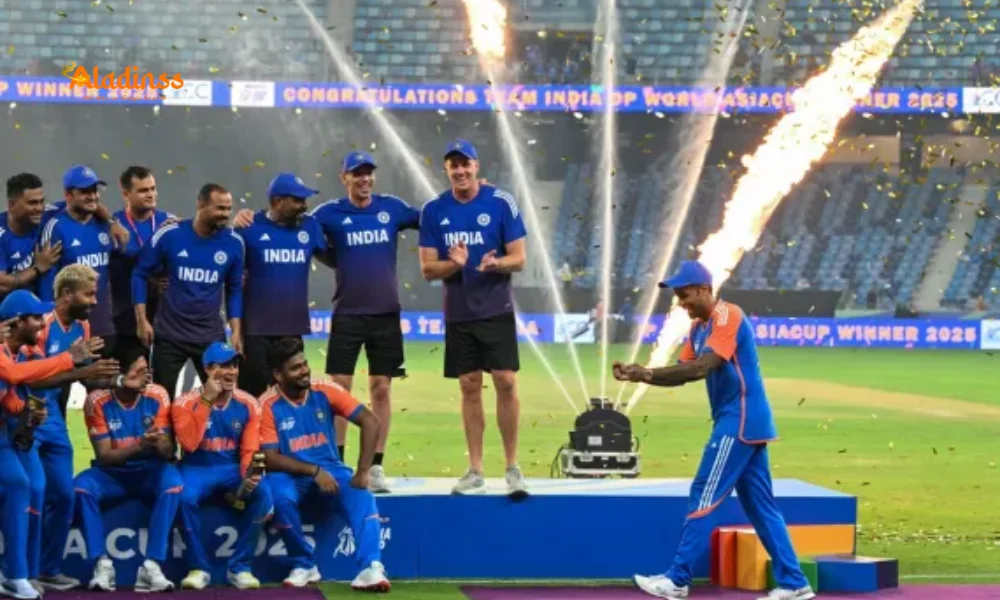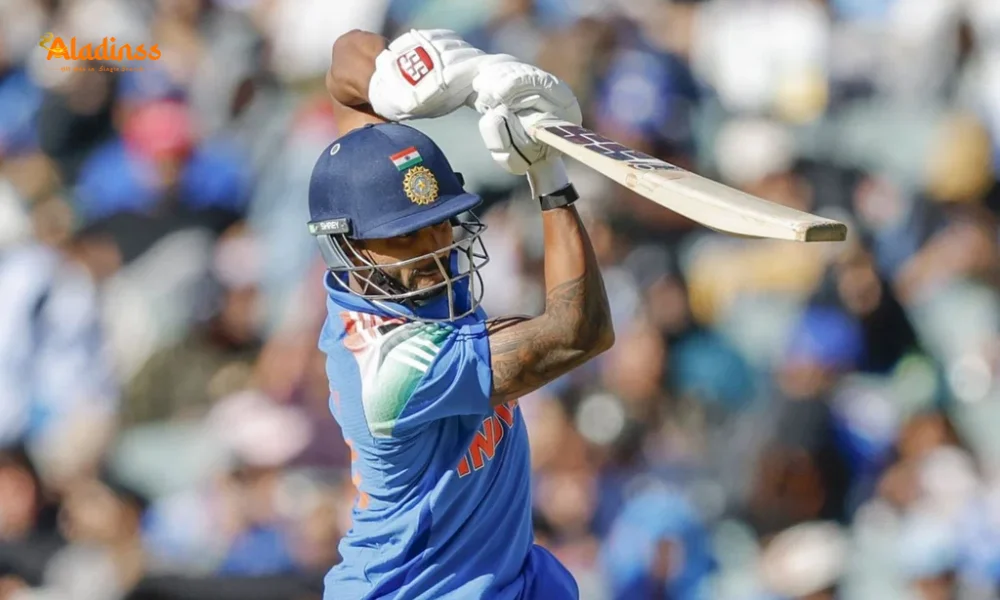India US Close Friends: Modi on Trump’s Trade Post
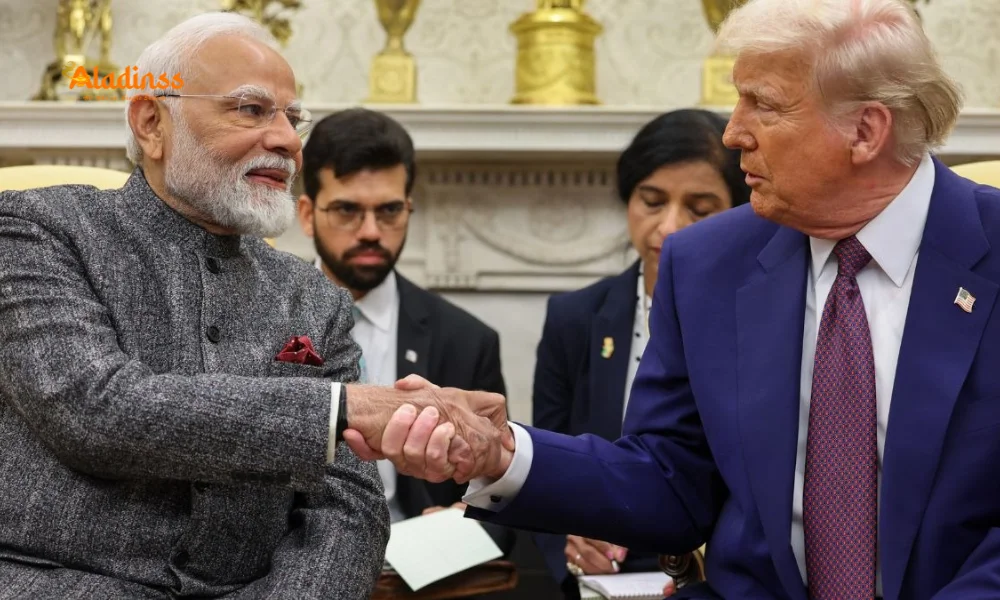
India, US Close Friends: PM Modi on Trade Talks with Trump
On September 10, 2025, Prime Minister Narendra Modi reaffirmed the strong bond between India and the United States, calling them "close friends and natural partners" in response to U.S. President Donald Trump's optimistic remarks about ongoing trade negotiations. This latest development signals a potential thaw in bilateral relations, strained by recent U.S. tariffs on Indian goods. Modi's comments, shared via a post on X, emphasized the potential of trade talks to unlock the "limitless potential" of the India-US partnership, with both leaders expressing eagerness to speak soon. This breaking news report delves into the context of these statements, the challenges posed by tariffs, and the broader implications for India-US relations.
The exchange follows Trump's post on Truth Social, where he expressed confidence in reaching a "successful conclusion" in trade discussions, describing Modi as his "very good friend." Despite tensions over a 50% tariff imposed on Indian goods, including a 25% penalty for India's purchase of Russian oil, both leaders have highlighted the enduring strength of their nations' relationship. Modi’s response underscores India’s commitment to concluding trade talks swiftly, aiming to bolster economic ties and address trade barriers. As teams from both nations work toward a resolution, this development marks a significant step in navigating the complexities of global trade dynamics.
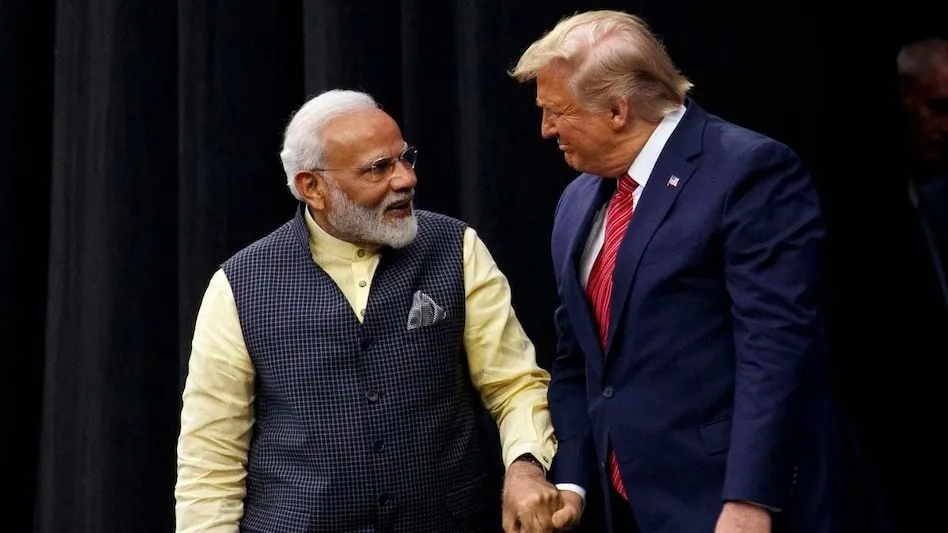
PM Modi’s Optimistic Response to Trump
Prime Minister Narendra Modi’s remarks came in response to a late-night post by President Trump on Truth Social, where he announced that India and the U.S. are actively engaged in negotiations to address trade barriers. Modi, resharing Trump’s post on X, stated, “India and the US are close friends and natural partners. I am confident that our trade negotiations will pave the way for unlocking the limitless potential of the India-US partnership. Our teams are working to conclude these discussions at the earliest. I am also looking forward to speaking with President Trump.” His words reflect a forward-looking approach, emphasizing collaboration for a “brighter, more prosperous future” for both nations.
Modi’s statement builds on the personal rapport he shares with Trump, which has been a cornerstone of their diplomatic interactions. The two leaders, who met in February 2025 during Modi’s visit to the White House, have consistently referred to each other as friends, a dynamic that has helped navigate periods of tension. Modi’s confidence in the trade talks aligns with India’s broader strategic goal of deepening economic ties with the U.S., a key partner in technology, defense, and trade. The ongoing negotiations aim to address a $47 billion trade deficit, with India offering concessions on industrial goods and Starlink operations while protecting its agriculture and dairy sectors.
Trump’s Positive Outlook on Trade Talks
President Trump’s post on Truth Social, dated September 9, 2025, marked a shift from earlier criticisms of India’s trade policies. “I am pleased to announce that India, and the United States of America, are continuing negotiations to address the Trade Barriers between our two Nations. I look forward to speaking with my very good friend, Prime Minister Modi, in the upcoming weeks. I feel certain that there will be no difficulty in coming to a successful conclusion for both of our Great Countries!” Trump wrote. His optimistic tone contrasts with his earlier remarks, which described India-US trade ties as a “one-sided disaster” and criticized India’s oil purchases from Russia.
Trump’s decision to reshare Modi’s post further underscores the mutual desire to de-escalate tensions. The U.S. president’s emphasis on a “successful conclusion” suggests a willingness to compromise, despite the imposition of a 50% tariff on Indian goods, including a 25% penalty for India’s energy trade with Russia. The tariffs, announced in August 2025, were described by India as “unfair, unjustified, and unreasonable,” prompting diplomatic efforts to stabilize relations. Trump’s latest comments indicate a strategic pivot, possibly influenced by India’s importance as a counterbalance to China in the Indo-Pacific region.
Background of Trade Tensions
The India-US relationship has faced significant challenges in 2025, primarily due to trade disputes exacerbated by U.S. tariffs. In April 2025, Trump imposed a 25% tariff on Indian goods, followed by an additional 25% in August as a penalty for India’s continued purchase of Russian crude oil. These measures, aimed at pressuring Russia to end its war in Ukraine, have strained bilateral ties, with Indian exporters facing potential job losses and a $45 billion trade deficit. India’s Foreign Ministry has defended its energy procurement, stating that decisions are driven by “national interest and market dynamics,” highlighting the economic necessity of affordable Russian oil.
The tariffs followed a breakdown in trade negotiations that began in February 2025, when Modi and Trump set an ambitious goal to double bilateral trade to $500 billion by 2030. Initial progress was halted when U.S. negotiators canceled a planned visit to Delhi in August, citing India’s reluctance to open its agriculture and dairy sectors. Indian officials, led by chief trade negotiator Rajesh Agarwal, are now preparing to resume talks in Washington, with an in-person meeting expected later in September. The renewed commitment from both leaders suggests a willingness to overcome these hurdles and restore momentum to the trade deal.
Diplomatic Context and Personal Rapport
The personal rapport between Modi and Trump has been a critical factor in navigating India-US relations. During Modi’s February 2025 visit to the White House, Trump gifted him a book titled *Our Journey Together*, featuring images from their past engagements, symbolizing their strong bond. Despite earlier tensions, including Trump’s claim that the U.S. had “lost” India to China after Modi’s meeting with Chinese President Xi Jinping and Russian President Vladimir Putin at the SCO Summit in Tianjin, both leaders have emphasized the “special relationship” between their nations. Trump’s recent remarks, calling Modi a “great Prime Minister,” reflect an effort to mend ties.
External Affairs Minister S. Jaishankar has also highlighted the “good personal equation” between Modi and Trump, noting that India remains engaged with the U.S. despite trade challenges. The positive exchange on September 10, 2025, follows a period of heated rhetoric from Trump administration officials, including trade advisor Peter Navarro, who labeled India the “Maharajah of tariffs” and accused it of funding Russia’s war efforts. Modi’s measured response and focus on the Comprehensive and Global Strategic Partnership signal India’s commitment to maintaining robust ties with the U.S. while defending its strategic autonomy.
Implications for India-US Relations
The renewed dialogue between Modi and Trump holds significant implications for India-US relations, particularly in the context of global geopolitics. The U.S. views India as a key partner in countering China’s influence in the Indo-Pacific, with initiatives like the Quad and defense cooperation underscoring this strategic alignment. However, India’s continued energy trade with Russia has been a point of contention, with U.S. officials like Treasury Secretary Scott Bessent advocating for joint sanctions with the EU to pressure countries dealing with Russia. India’s stance, articulated by Finance Minister Nirmala Sitharaman, emphasizes economic considerations over geopolitical pressures.
The trade talks, if successful, could pave the way for enhanced cooperation in areas like technology, semiconductors, and renewable energy. India’s recent concessions, such as tariff reductions on industrial goods and approval for Starlink operations, demonstrate its willingness to address U.S. concerns while safeguarding sensitive sectors like agriculture, which employs over 45% of its workforce. The upcoming talks in Washington, led by India’s Rajesh Agarwal, are expected to focus on reducing the trade deficit and addressing non-tariff barriers, with both sides aiming for a balanced agreement that strengthens their economic partnership.
Broader Geopolitical Context
The India-US trade negotiations occur against a backdrop of complex global dynamics, including Russia’s war in Ukraine and India’s multi-alignment foreign policy. India’s participation in forums like the SCO and BRICS, alongside Russia and China, has drawn scrutiny from the U.S., particularly after Trump’s August 2025 post suggesting India was aligning with “deepest, darkest China.” However, analysts like Nirupama Rao, a former Indian foreign secretary, describe the Modi-Trump exchange as an “opening gambit” rather than a full reset, urging India to balance optics with substantive diplomacy. The upcoming UN General Assembly in September 2025 may provide an opportunity for Modi and Trump to meet and further stabilize relations.
The trade talks also reflect broader U.S. concerns about global supply chains and energy markets. Trump’s tariffs, part of a broader strategy to pressure Russia, have inadvertently pushed India to strengthen ties with China and Russia, as seen in Modi’s engagements at the SCO Summit. Yet, India’s strategic importance to the U.S., particularly in technology and defense, ensures that both nations have a vested interest in resolving trade disputes. The positive rhetoric from Modi and Trump signals a mutual recognition of this, with potential for a landmark trade deal that could redefine their partnership.
Comment / Reply From
No comments yet. Be the first to comment!

